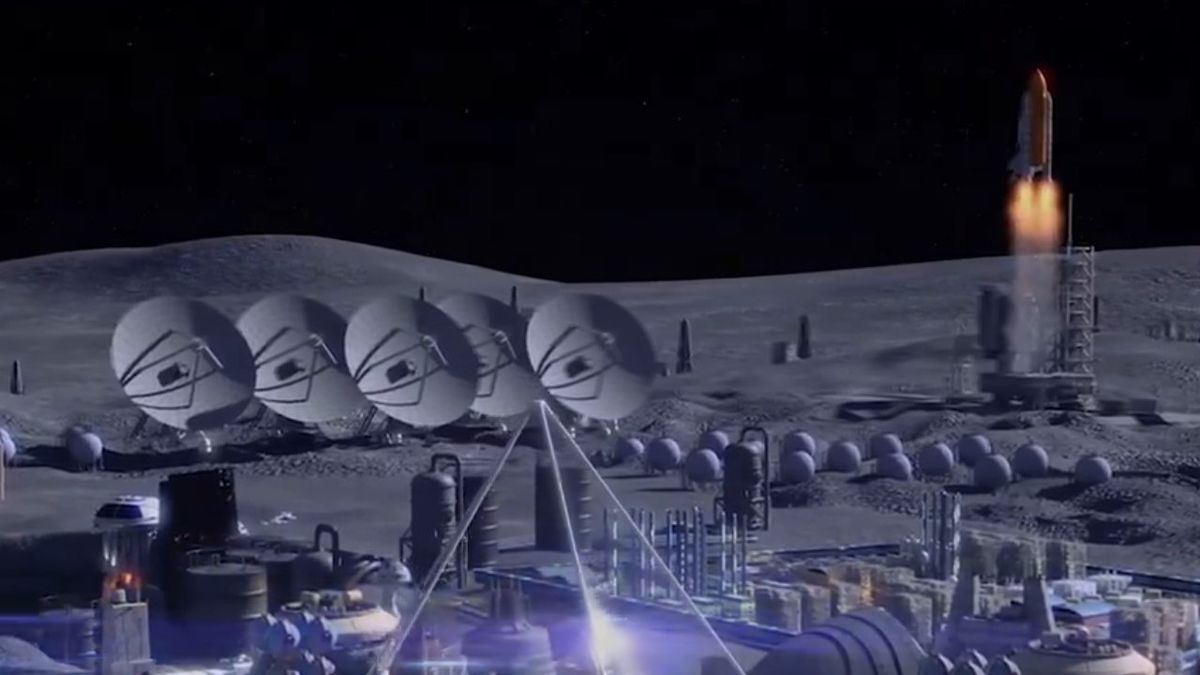Samples from the Ryugu asteroid show signs of damage caused by tiny meteoroid impacts.

Ryugu asteroid samples indicate damage from microscopic meteoroid bombardment (Image Credit: Phys.org)

Asteroids are remnants of the formation of our solar system, and while many can be found within the asteroid belt between the orbits of Mars and Jupiter, some cannot. One such object is asteroid (162173) Ryugu, a 1 km-wide near-Earth asteroid believed to have originated in the asteroid belt. However, it has since moved to cross Earth’s orbit, located 300 million km from our planet.
The asteroid is constantly bombarded by debris in space and new research, published in The Astrophysical Journal, has suggested that even microscopic particles can have damaging effects.
Japan’s Aerospace Exploration Agency (JAXA) launched the Hayabusa2 spacecraft to conduct remote sensing and sample collection on the asteroid in 2018 and 2019. Laboratory work on these samples identified a distinct pattern of dehydration of phyllosilicates (sheet-like silicate minerals, such as magnesium-rich serpentine and saponite), whereby the bonds between the included oxygen and hydrogen atoms are broken.
Significantly, Dr. Daigo Shoji, of JAXA, notes that microscopic meteoroids (micrometeoroids) as small as 2 nanometers in size have the power to cause damage to Ryugu. This is because the particles are accelerated to high speeds by the magnetic fields of solar wind plasma, which is largely composed of protons reaching velocities of ~400 km s-1.
Computational molecular dynamics simulations were used to assess the interactions of silica, magnesium, oxygen and hydrogen atoms comprising serpentine as the chemical reactions occur on subnanosecond timescales (in these experiments occurring within one trillionth of a second)—much too fast to observe with the naked eye.
Dr. Shoji identified approximately 200 oxygen-hydrogen bonds breaking when comets impacted with a velocity of ~20 km s-1, but that this increased significantly to 2,000 broken oxygen-hydrogen bonds (ejected atoms) when nano-sized dust particles impacted at a velocity of ~300 km s-1. The impact crater generated in the lower-velocity case was a mere 4.4 nanometers (for reference, a human hair has an average diameter of 90,000 nanometers).
Another factor explored in the experiments was the effect of temperature on the weathering of Ryugu. The asteroid’s surface temperature varies daily between ~310 and ~340 Kelvin (approximately 37–67 °C), and reaches as low as 200 Kelvin (-73 °C) when not exposed to sunlight.
Yet, the results showed no significant change in dehydration of the minerals, with Dr. Shoji instead determining kinetic energy from the impactors as the inducer of chemical reactions, where temperatures exceeded 1,000 Kelvin (~727 °C). This is an important factor as serpentine becomes unstable at temperatures above 600 °C, allowing for bond breakage.
Despite all of this, the dissociated atoms may actually recombine to form water and a silanol functional group (combining silica, oxygen and hydrogen), which may ultimately help to offset the dehydration caused by ejecting atoms during microbombardment of asteroids.
More information:
Daigo Shoji, Reactive Molecular Dynamics Simulations of Micrometeoroid Bombardment for Space Weathering of Asteroid (162173) Ryugu, The Astrophysical Journal (2024). DOI: 10.3847/1538-4357/ad70b0
Journal information:Astrophysical Journal
© 2024 Science X Network
Ryugu asteroid samples indicate damage from microscopic meteoroid bombardment (2024, November 29)
retrieved 29 November 2024
from https://phys.org/news/2024-11-ryugu-asteroid-samples-microscopic-meteoroid.html
part may be reproduced without the written permission. The content is provided for information purposes only.





